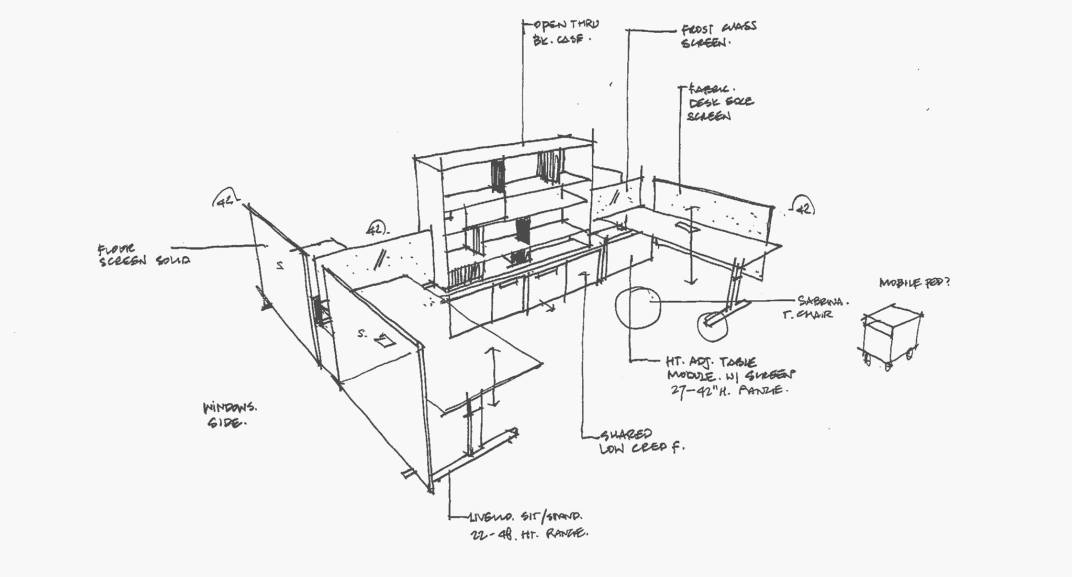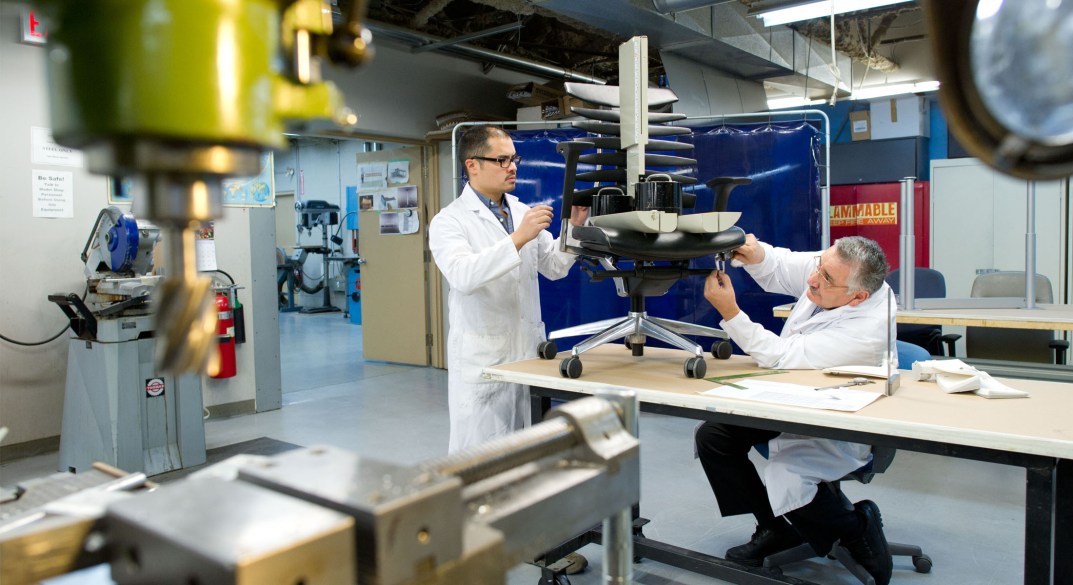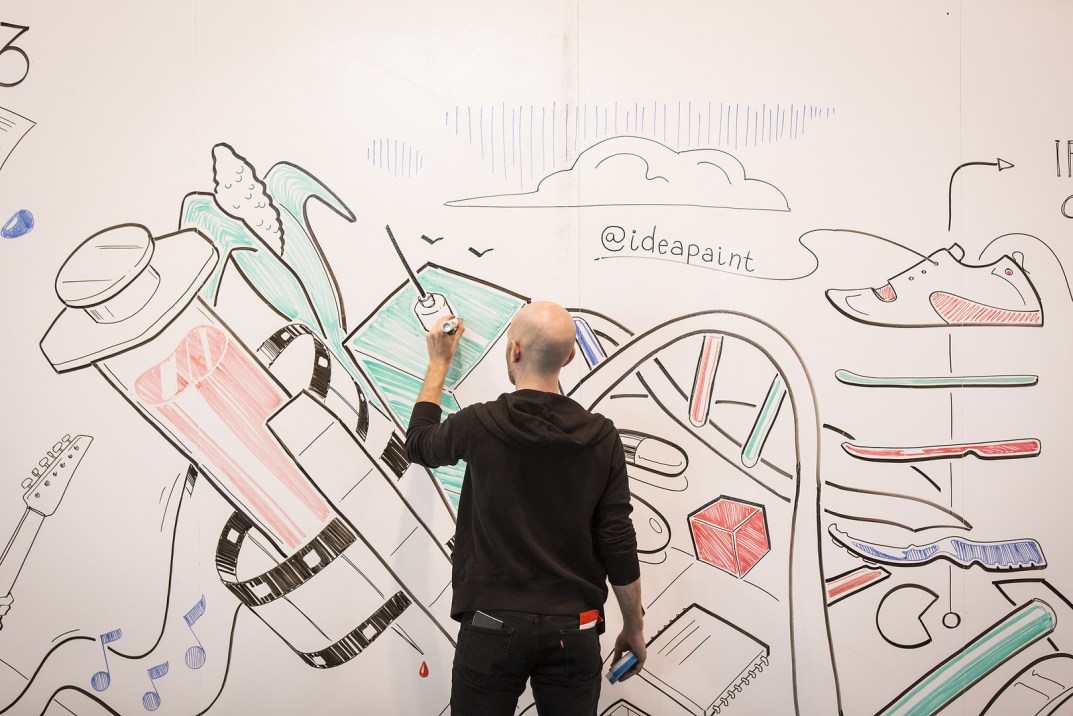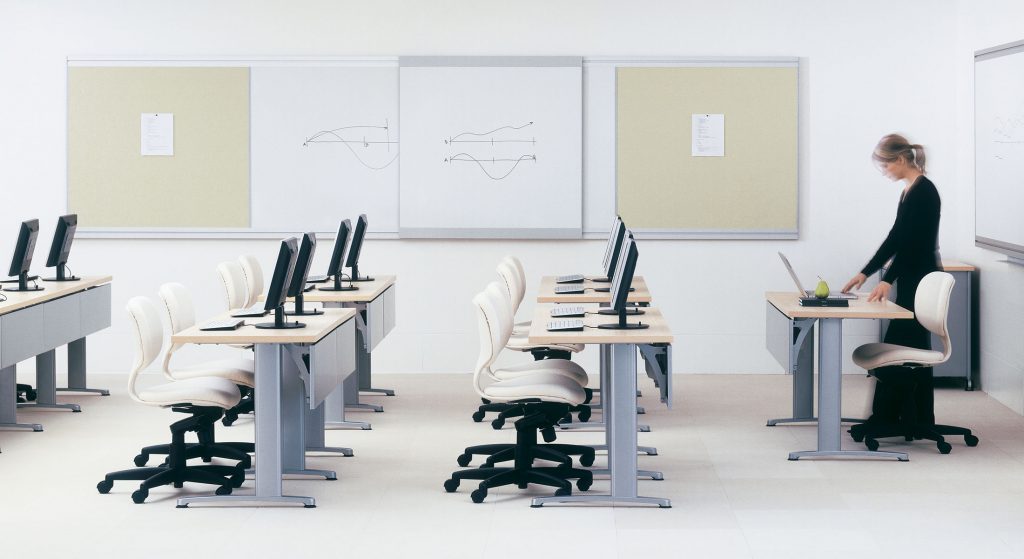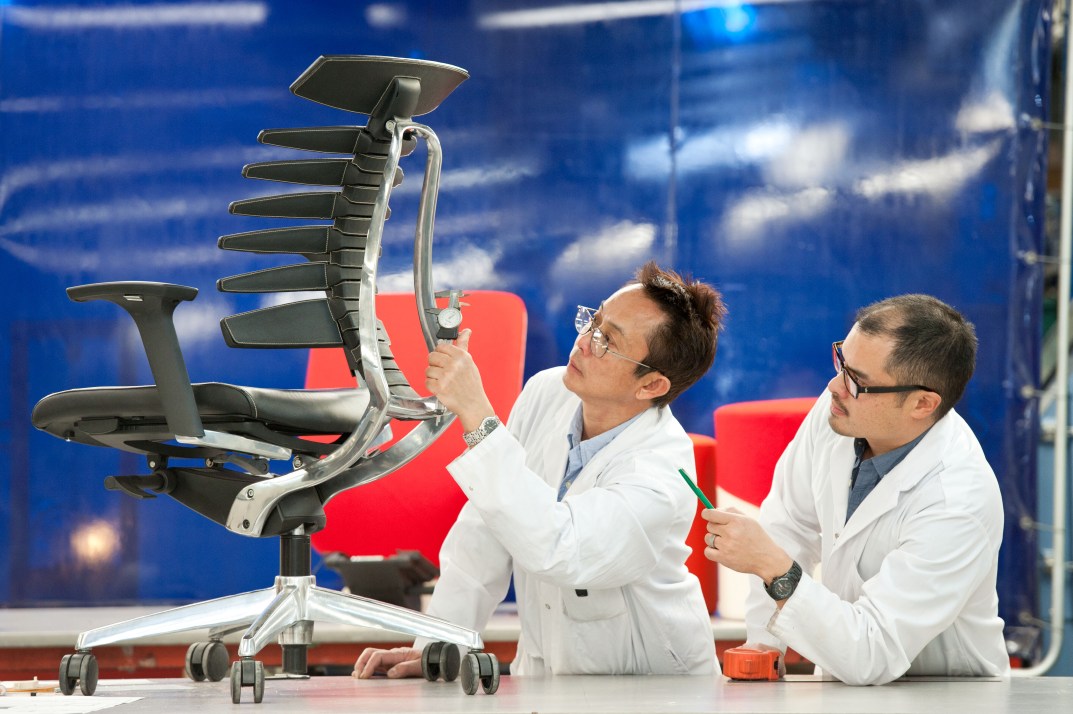Details
Wellness at Work
29 Jan 2018Employee Wellness is important. And organizations, large or small, need to embrace and encourage it. But the job isn’t done by simply handing out discounted gym memberships, or a Birthday card to an employee to make them feel good. Wellness at Work needs to be approached holistically, and should be an integral part of a company’s culture.
We started a wellness program back in 2016, encouraging our team to take a break from their daily from their stressful routines, for an hour every Wednesday. The program has been created and directed by wellness and yoga instructor Suzanne Blake, who has been our coach throughout the program. The program generally involves an hour of introspection, yoga and meditation.
In this article, we share some of our conversations with Suzanne in which we discuss wellness at the workplace, and why it’s so important these days.
1. How do wellness programs or activities influence productivity, engagement and overall health of employees in a workplace?
Our career and work, takes up more than 70% of our waking hours. Yet, as human beings we have a diverse set of needs that we must fulfill in order to feel balanced and happy. As employees spend more and more of their time in the office, it becomes essential to create an atmosphere that is conducive to one’s well being, to get sustainable results. A constant pressure to perform, without considering an employee’s wellbeing, results in burn out and decreased productivity over time. When our working environment, inclusive of the physical space, activities and interactions with colleagues, is set up in a way that nurtures our whole self, we are able to be more productive and engaged in the long term.
According to Mike Robbins, in a Ted Talk on workplace productivity, nurturance is essential. “Nurturance has to do with people feeling seen, heard, and valued - not just for what they do, but for who they are. It also has to do with it being safe to make mistakes, ask for help, speak up, and disagree. Nurturing environments are filled with an authentic sense of compassion and empathy people feel cared about and supported,” he says. Sometimes we have the erroneous perception that we can’t have high expectations, and be nurturing. The truth is that we can do both, and employees who feel heard and supported, are much more likely to be engaged and achieve high results.
2. What are some ways to implement wellness activities?
Meditation is one of the best ways to reduce stress and have an overall sense of well-being. Studies have shown emotional and physical benefits of meditation. Encouraging employees to make time to clear their mind will result in them being more present and focused throughout the day.
Movement, whether yoga, stretching or even dancing, changes the state of being. Motivational speaker, Tony Robbins, uses movement in all of his seminars to help the attendees stay engaged and have more powerful results. The emotion that is captured in the body results in long term memories being formed.
Group or individual coaching can be implemented within the office to help employees align their own needs and desires with those of the organization. A good coaching or office program will address the breadth of human experience including state-of-mind, learning and development, health and fitness, personal relationships, communication, finances, life purpose, creativity and overall alignment. Any deficiency in one of these areas will result in a less productive employee long term.
Offsite day workshops or company outings can be useful in resetting and reinvigorating employees. Connecting through team building activities strengthens the bonds of employees, and facilitates their working interactions.
3. Any tips for the business worker who can't seem to make time during the day?
“If you don’t have 10 minutes, you don’t have a life.” Just taking 5-10 minutes to break throughout the day can make a huge difference on overall wellbeing. Over the long term, little habits can make big results.
Here are some tips that work for me, and that I suggest to all my clients:
- Movement Breaks: Set your alarm to work in 90 minute segments, and take a quick walk or stretch.
- Meditation/Breathing Breaks: When you have a lot to do, just spend 2 minutes breathing deeply to get more oxygen flowing, and increase attention span.
- Keep healthy snacks at your desk or in the office. Good options are fruit, nuts or dark chocolate. Eating too much sugar or carbs as snacks will cause a spike in insulin and then a drop in energy later on.
- Coffee may give more alertness, but it can also create more tension and anxiety. Green tea is a better option for more sustainable energy.
- Post some some inspirational quotes, mantras, or personal goals up in your office space, so you can see them regularly and remember your inspiration.
- Make time to disconnect completely electronically, at least once a day for 30 minutes. This can be done over lunch. Even better, spend time having one-on-one connection with a friend or colleague, so that you give your mind time to disconnect digitally.
- Chunk tasks into segments, and then take quick breaks in between, to refresh and rejuvenate.
4. Let's talk through the wellness program for The Total Office: what is the underlying structure or program? Do you have any specific goals or results you expect to see at the end of each program or session?
The Total Office Alignment program was developed specifically for the Total Office to balance 6 different aspects of well-being. Each class consists of 3 pillars: Body Movement, Mindful Meditation and an Alignment Activity. The packages are aimed at boosting energy, creativity, purpose, connection, communication and collaboration in the workplace. By teaching a spectrum of soft skills and mindfulness, I teach a balanced approach that increases overall focus, motivation and wellness of employees.
















.jpg)


